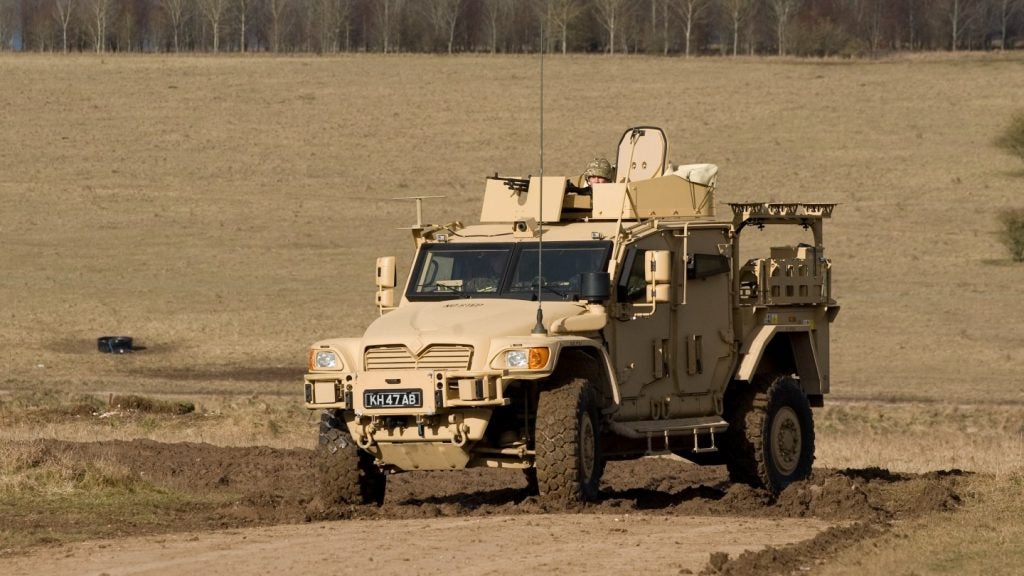Flux Power has signed an agreement with HDT Global to supply portable lithium-ion storage packs for the latter’s renewable solar energy system, designed to power electronics at the military forward operating bases (FOBs) in the battlefield.
As part of the agreement, Flux is supplying a 4.1kW/hour, 24V portable lithium power packs to provide high-performance storage for HDT’s innovative renewable power solution.
The portable lithium-ion battery technology and battery management systems are designed to support high-efficiency storage in a light and durable unit.
HDT Engineering vice-president Carl Pates said Flux’s portable power packs offer performance, reliability, extended life and durability that address the requirements of today’s advanced military equipment.
”We were sold on their experience, design and technical expertise, the overall performance of their solution and their commitment to customer support," Pates said.
How well do you really know your competitors?
Access the most comprehensive Company Profiles on the market, powered by GlobalData. Save hours of research. Gain competitive edge.

Thank you!
Your download email will arrive shortly
Not ready to buy yet? Download a free sample
We are confident about the unique quality of our Company Profiles. However, we want you to make the most beneficial decision for your business, so we offer a free sample that you can download by submitting the below form
By GlobalDataSee Also:
”We are pleased to partner with them to deliver an exciting new solution for forward operating base power.”
Flux Power’s acting CEO, Ron Dutt, said the company sees tremendous opportunity for lithium-based power storage to create new products and capabilities across a range of applications.
”Providing our lithium packs to HDT Global to meet the performance requirements of the military is both an honor and an exciting new avenue of opportunity for Flux,” Dutt said.
The power pack’s charge / discharge rate, longer average cycle time, as well as absence of noise emission make them ideal for remote military operations in extreme conditions.
HDT’s self-sustaining energy system uses solar panels to charge the power packs, significantly lowering the military’s dependence on generators.
Until now, the US military has relied on generators and costly and hazardous long-distance fuel deliveries to address their in-field power requirements.








